When Waylon Jennings landed in Lubbock, Texas in the early 1950s, he started working as a DJ at the radio station KLLL and became quick friends with Buddy Holly. The two had first met years earlier at a restaurant in Lubbock and Jennings would often see Holly at talent shows and went to his Sunday Party performances at the radio station KDAV. At KLLL, the two would hang out at the studio, and Holly started mentoring Jennings, teaching him guitar, and working through songs with him.
“Buddy would come up and hang out with me when he was in town,” recalled Jennings in 1999. “I had known him for a long time from talent shows we’d do around Lubbock.” He added, “We’d lay back in the studio and play guitars, and Buddy would tell us stories. Our eyes would bug out of our heads because he’d been all over the world. He would talk about people like the Everly Brothers, and Jerry Lee [Lewis], and Elvis [Presley].”
Though their friendship was brief, with Holly dying months later in a plane crash at age 22, their collaborations led to Jennings’ first single, his rendition of the traditional Cajun waltz “Jole Blon.” Produced by Holly, the single was released on the Brunswick label in 1958 as the A-side to “When Sin Stops,” written by Bob Vanable and originally released by The Nighthawks.
Videos by American Songwriter
“Buddy … Had Confidence in Me”
Both tracks also featured Holly on guitar, King Curtis on saxophone, and The Roses—the only vocalists to tour with Buddy Holly and the Crickets—on backing vocals. “Buddy was the first guy who had confidence in me,” said Jennings. “Hell, I had as much star quality as an old shoe, but he really liked me, and believed in me.”
In a twist of fate, Jennings gave up his seat on the plane to “The Big Bopper” J. P. Richardson, which crashed minutes during the early morning of February 3, 1959, killing Holly, Richie Valens, and Richardson, and pilot Roger Peterson.
“Jole Blon” and a “Pretty Girl”
The song that officially kicked off Jennings’ music career, dates back to the early 1900s as a Cajun fiddle song about a “pretty girl” who left a man flat with the earliest recording of the song by the Breaux Brothers in 1929 as “Ma Blonde Est Eartié.”
The song went through several more transformations, and titles, throughout the decades, before being recorded in 1936 as “Jolie Blonde”—and even “Jole Blonde” by the Acadian Aces in 1951. By the late 1940s, country artists had popularized the song titled “Jole Blon,” starting with Harry Choates’ 1946 recording.
[RELATED: Buddy Holly Recorded His Final Songs Inside His New York City Apartment]
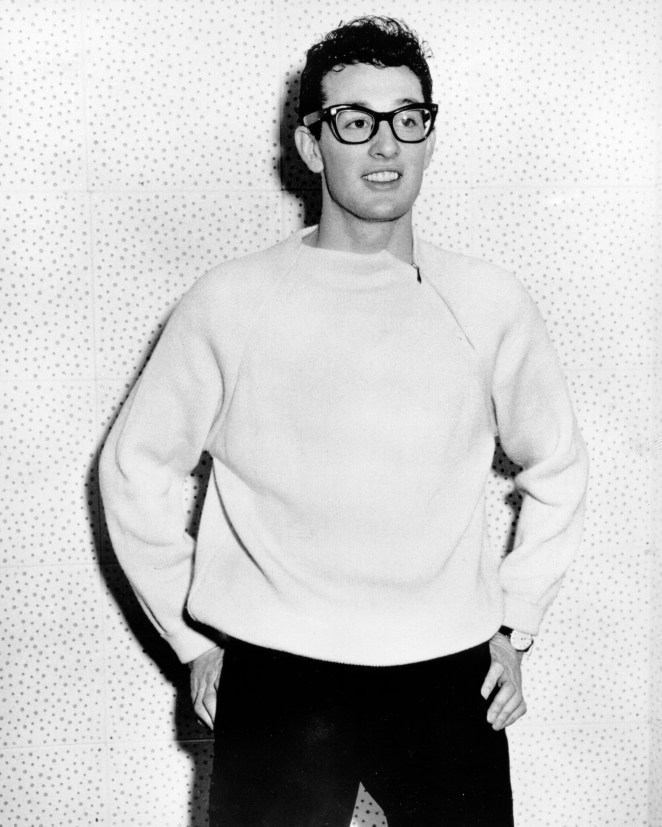
The Day Holly Died
Jennings remembered the last time he saw his friend Holly. “He had me go get us some hot dogs,” remembered Jennings. “He was leaning back against the wall in a cane-bottom chair and he was laughing at me. He said, ‘So you’re not going with us tonight on the plane, huh? Well, I hope your ol’ bus freezes up. It’s 40-below out there and you’re gonna get awful cold. So I said, ‘Well, I hope your ol’ plane crashes.’”
Jennings added, “I was so afraid for many years that somebody was going to find out I said that. Somehow I blamed myself. Compounding that was the guilty feeling that I was still alive. I hadn’t contributed anything to the world at that time compared to Buddy. Why would he die and not me? It took a long time to figure that out, and it brought about some big changes in my life, the way I thought about things.”
Following Holly’s death, Jennings, who later named one of his sons Buddy, went back to Lubbock and worked as a DJ while mourning his friend’s death for two years.
By 1960, Jennings moved to Phoenix, Arizona, and gained a local following with the rockabilly band, the Waylors before moving in with Johnny Cash in Nashville, Tennessee years later and releasing his first hit of many hits “That’s the Chance I’ll Have to Take” in 1965.
Photo: Michael Ochs Archives/Getty Images


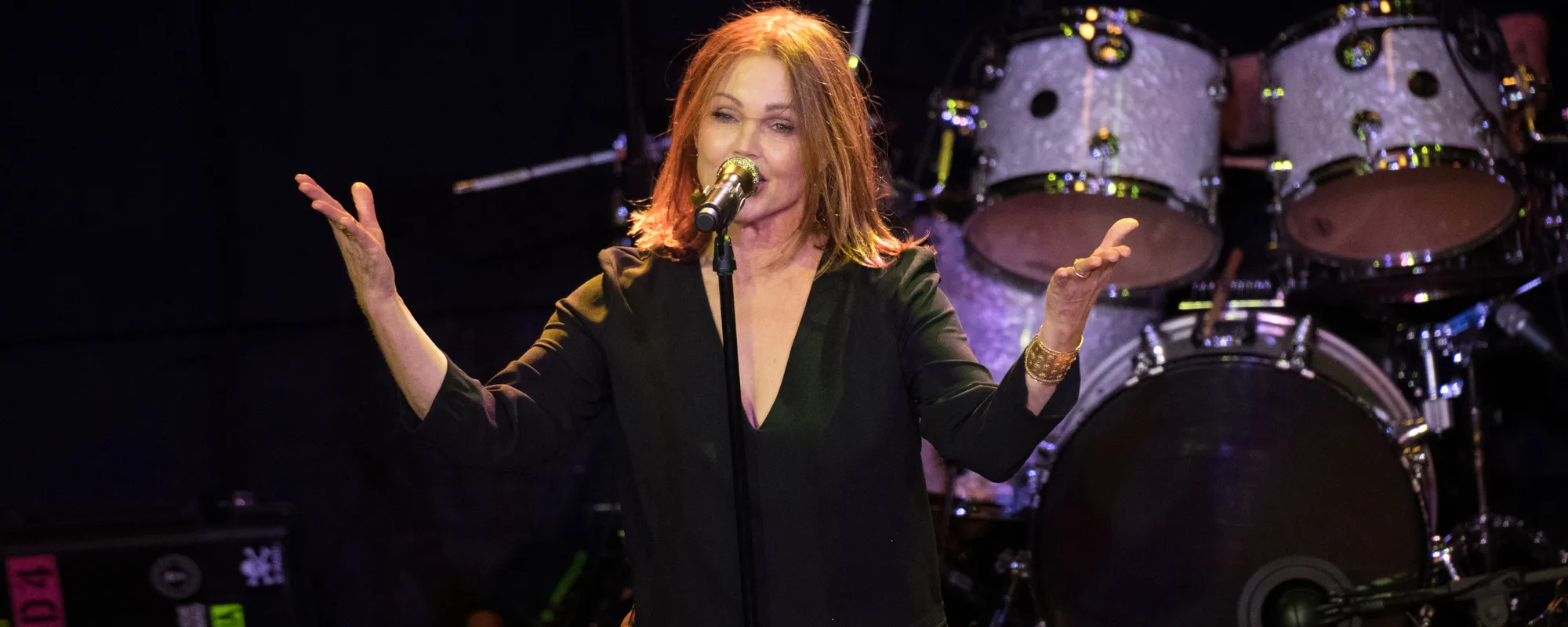

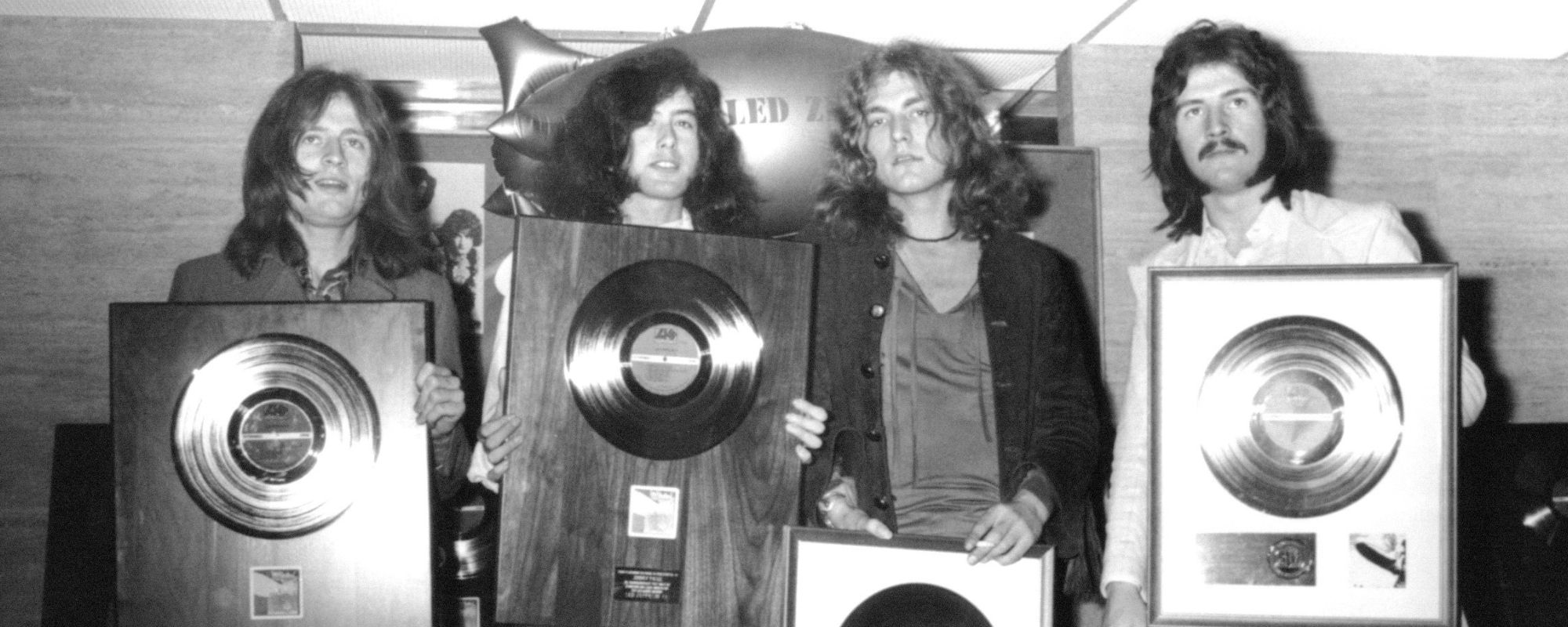


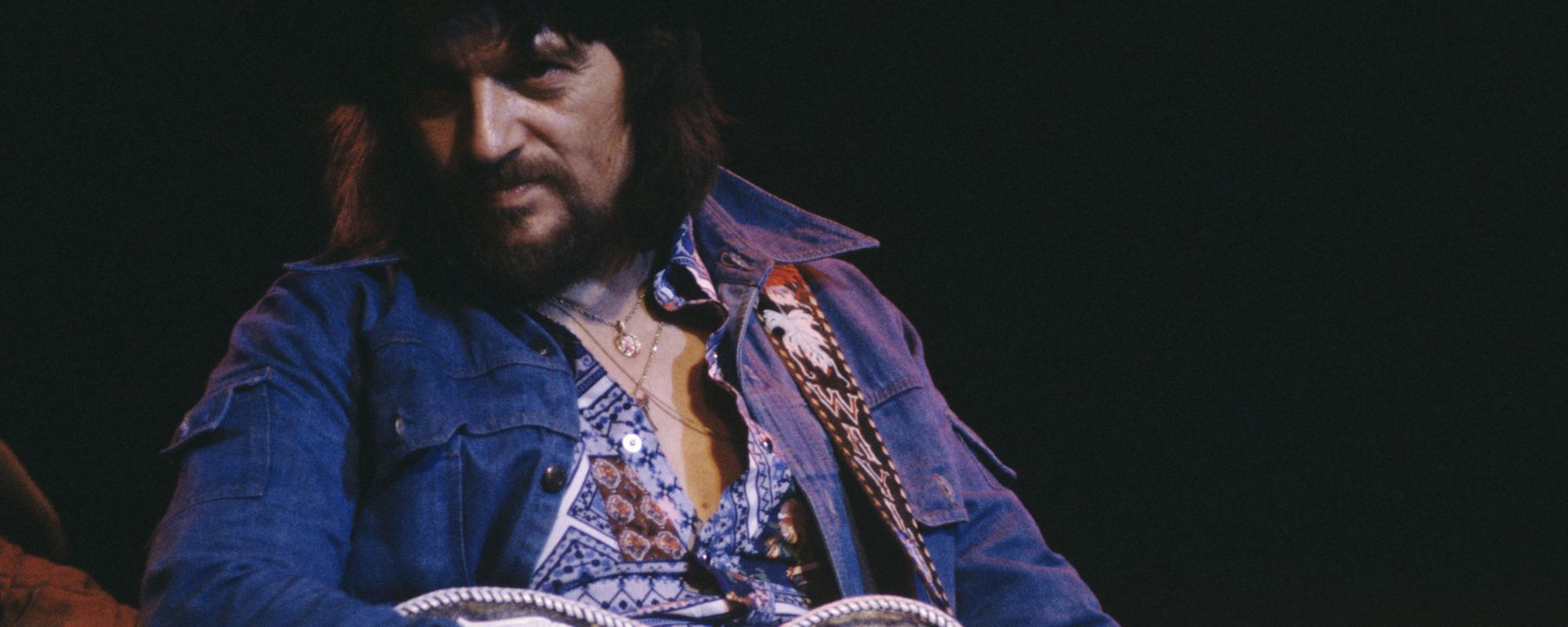



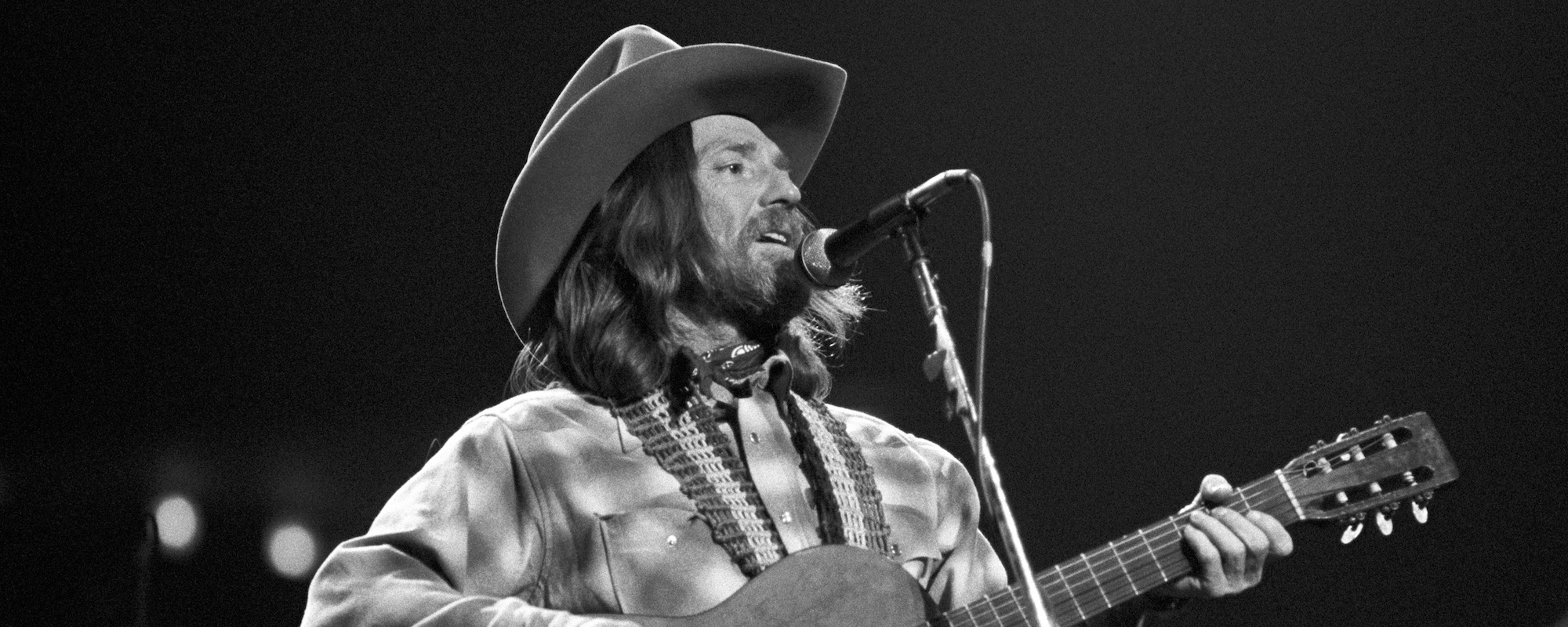
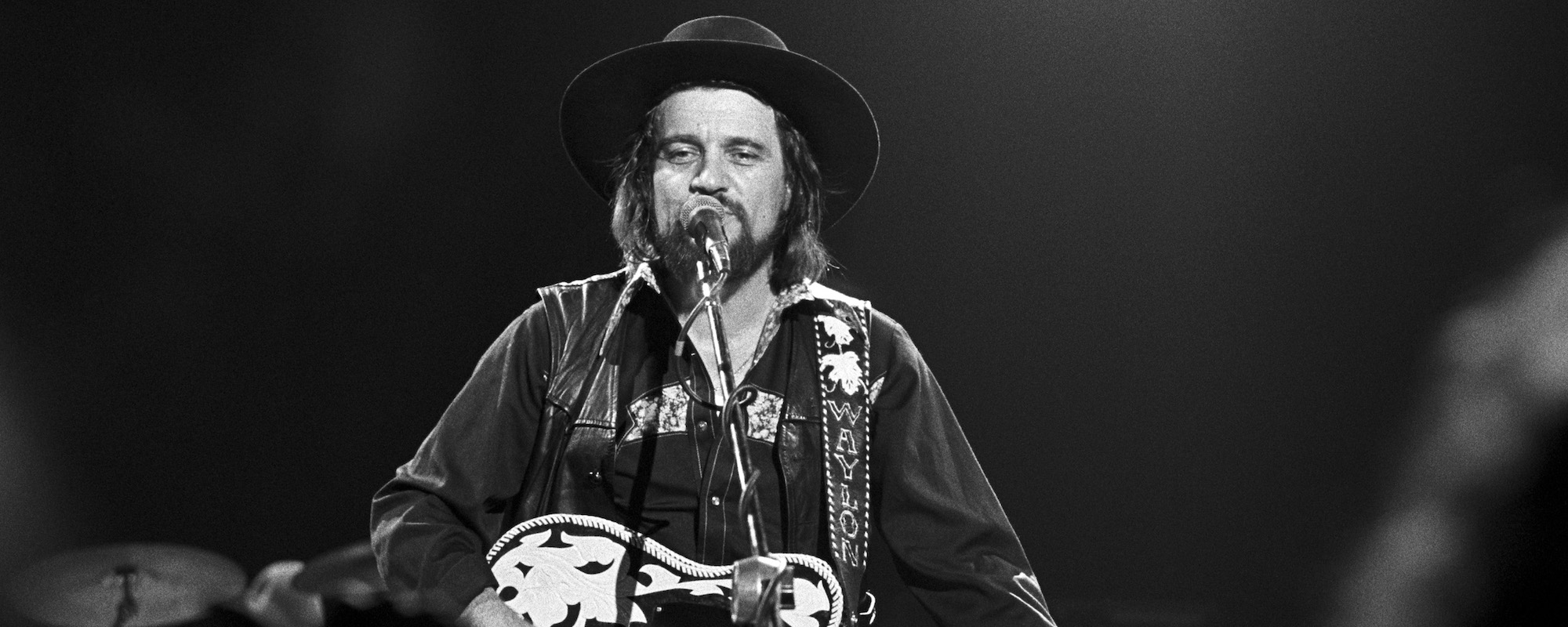
Leave a Reply
Only members can comment. Become a member. Already a member? Log in.